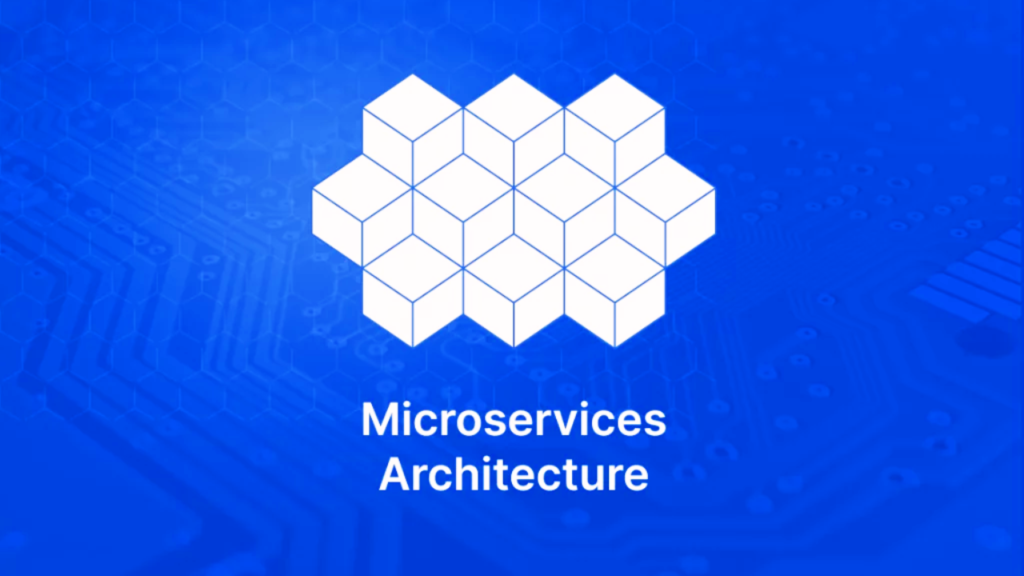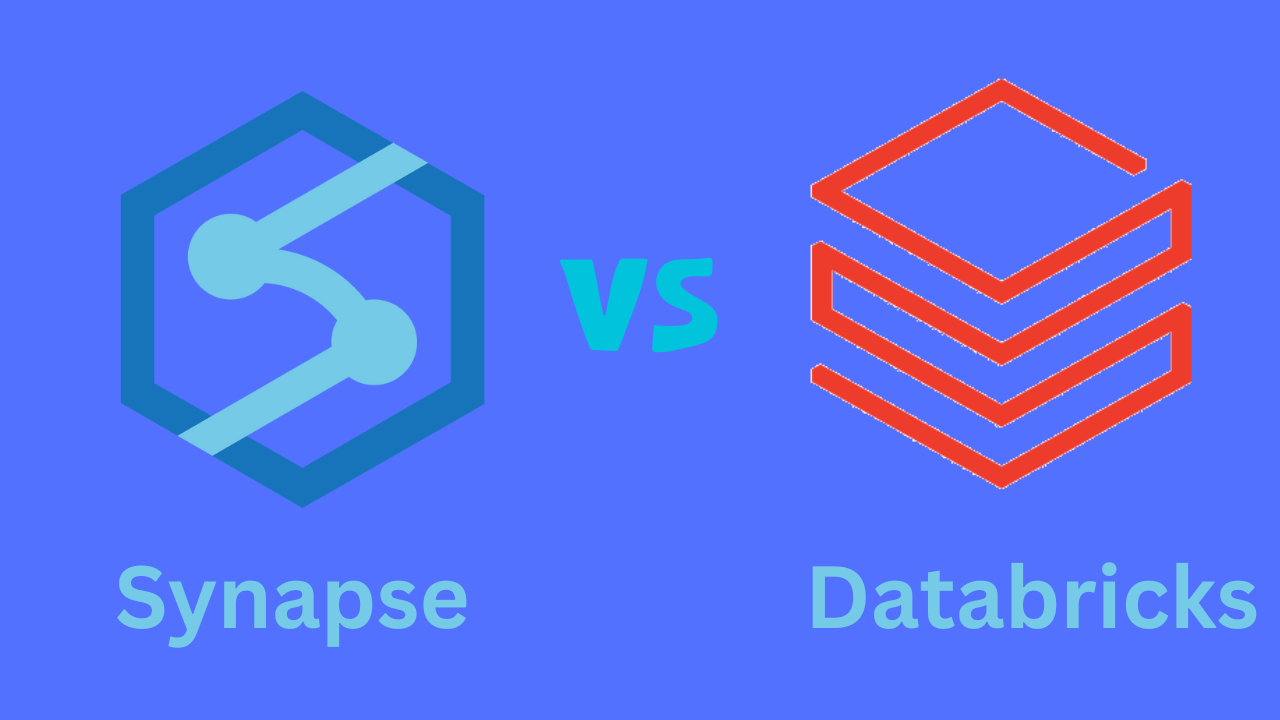In the world of software development, architectural decisions play a crucial role in shaping an application’s performance, scalability, and maintainability. Choosing the right architecture can make the difference between a successful application and a failed one. Two of the most popular architectural paradigms are Monolithic vs Microservices Architecture. In this article, we will explore the characteristics, advantages, and disadvantages of each architecture and provide guidance on how to choose the right path for your software.
What is Scale AI?
What is Monolithic.
Monolithic architecture is a traditional approach to software development where the entire application is structured as a single, unified unit. All the components of the application are tightly coupled and interdependent. This means that if one component fails, the entire application is affected. Monolithic applications are usually built using a single programming language and a single database.
What is Microservices Architecture.
One of the main advantages of Monolithic architecture is its simplicity in development. Since the entire application is built as a single unit, it is easier to develop and deploy. Testing and debugging are also easier since all the components are in one place.
Additionally, Monolithic architecture has lower operational overhead since there is only one application to manage. Disadvantages of Monolithic Architecture One of the main disadvantages of Monolithic architecture is its limited scalability. Since all the components are tightly coupled, it is difficult to scale individual components independently. Dependency issues can also arise since all the components are interdependent. This can lead to increased risk of downtime since a failure in one component can bring down the entire application.

What is Microservices Architecture?
Microservices architecture is a modern approach to software development where the application is structured as a collection of independent services. Each service is responsible for a specific function and communicates with other services through APIs.
Microservices applications are usually built using multiple programming languages and databases.
Advantages of Microservices Architecture
One of the main advantages of Microservices architecture is its scalability. Since each service is independent, it can be scaled independently. This means that the application can handle a high volume of requests without affecting the performance of other services.
Microservices architecture also provides flexibility since each service can be developed and deployed independently. This allows for faster development and deployment cycles. Additionally, Microservices architecture improves resilience since a failure in one service does not affect the entire application.
Disadvantages of Microservices Architecture
One of the main disadvantages of Microservices architecture is its increased complexity. Since the application is composed of multiple services, it can be difficult to manage and maintain. Integration and testing can also be challenging since each service needs to be tested individually and then integrated with other services.
Additionally, Microservices architecture can have higher development costs since each service needs to be developed and deployed independently.
Real-World Examples of Companies That Have Successfully Implemented Microservices Or Monolithic Architectures
There are several real-world examples of companies that have successfully implemented both Monolithic and Microservices architectures.
1: Netflix:
One example of a company that has successfully implemented Monolithic architecture is Netflix. Netflix started as a DVD rental service but has since evolved into a streaming service with millions of subscribers worldwide. Netflix’s Monolithic architecture allows for easy development and deployment of new features, which has contributed to its success.
2: Amazon:
Another example of a company that has successfully implemented Microservices architecture is Amazon. Amazon’s e-commerce platform is composed of multiple services, each responsible for a specific function, such as product search, checkout, and payment processing. Amazon’s Microservices architecture allows for scalability and flexibility, which has enabled the company to handle a high volume of requests and provide a seamless shopping experience for its customers.
3: Other Examples
Other examples of companies that have successfully implemented Microservices architecture include Uber, Airbnb, and Spotify. These companies have leveraged Microservices architecture to provide scalable and flexible services to their customers. In conclusion, both Monolithic and Microservices architectures have been successfully implemented by various companies. The choice of architecture depends on several factors, including the size and complexity of the application, scalability requirements, and the development team’s expertise.
Application Monitoring Best Practices: A Comprehensive Guide
Monolithic Vs Microservices Architecture – Choosing the Right Architecture
When choosing between Monolithic and Microservices architecture, there are several factors to consider. One factor is the size and complexity of the application. Monolithic architecture may be a better choice for smaller applications with limited functionality, while Microservices architecture may be a better choice for larger, more complex applications.
Another factor to consider is the scalability requirements of the application. If the application needs to handle a high volume of requests, Microservices architecture may be a better choice. Finally, the development team’s expertise and experience should also be considered. If the team is more familiar with Monolithic architecture, it may be a better choice.
Conclusion
In conclusion, choosing the right architecture is a critical decision in software development. Monolithic and Microservices architecture are two popular paradigms, each with its own advantages and disadvantages.
When choosing between the two, it is important to consider factors such as the size and complexity of the application, scalability requirements, and the development team’s expertise. Making an informed decision can ensure the success of the software application.

















